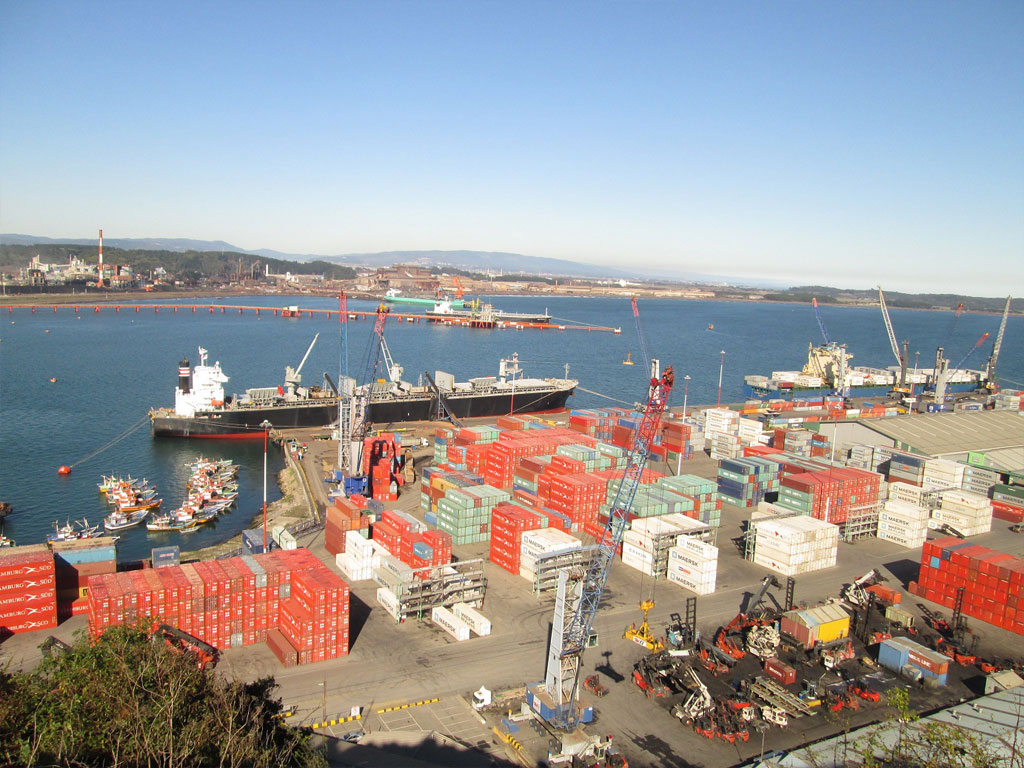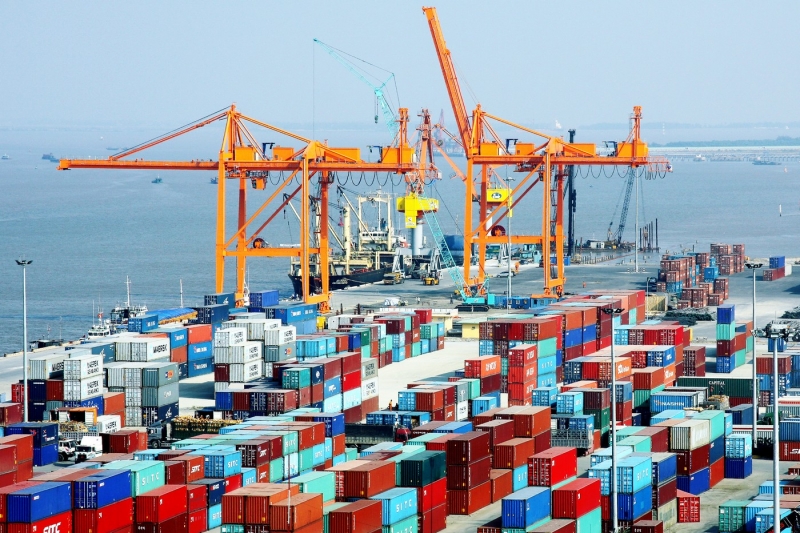International Seaports In Vietnam
After joining the World Trade Organization, Vietnam has gradually changed to bring its national economy onto the world stage. One of Vietnam's strengths is its maritime economy, with a system of seaports stretching across the country. The sea is closely linked to the socio-economic development of a country and has a significant impact on it.
I. What is an international seaport?
A seaport is a port located on the coast, with facilities for loading and unloading goods, and for receiving or transporting passengers by waterway. A seaport is an area that includes port land, port water areas, where infrastructure has been built to serve ships entering and leaving the port to load and unload goods, and to receive and drop off passengers.

II. The role of international seaports
Seaports play a very important role. In particular, they are the driving force behind the development of maritime and national economies as a whole. They serve as gateways for import and export trade and form the foundation for the shift from maritime transportation to inland rail, road, and waterway transportation.
Seaports act as engines for creating markets, connecting economies between nations, stimulating market development, and attracting investors, traders, and manufacturers to do business. The development of port systems will create favorable conditions for exports, promote foreign trade activities, and other port logistics services.
On the other hand, the development of seaports is a catalyst for the formation of industrial zones, export processing zones, leading to the establishment and development of financial and commercial centers, and maritime service hubs around the port system.


0 Bình luận